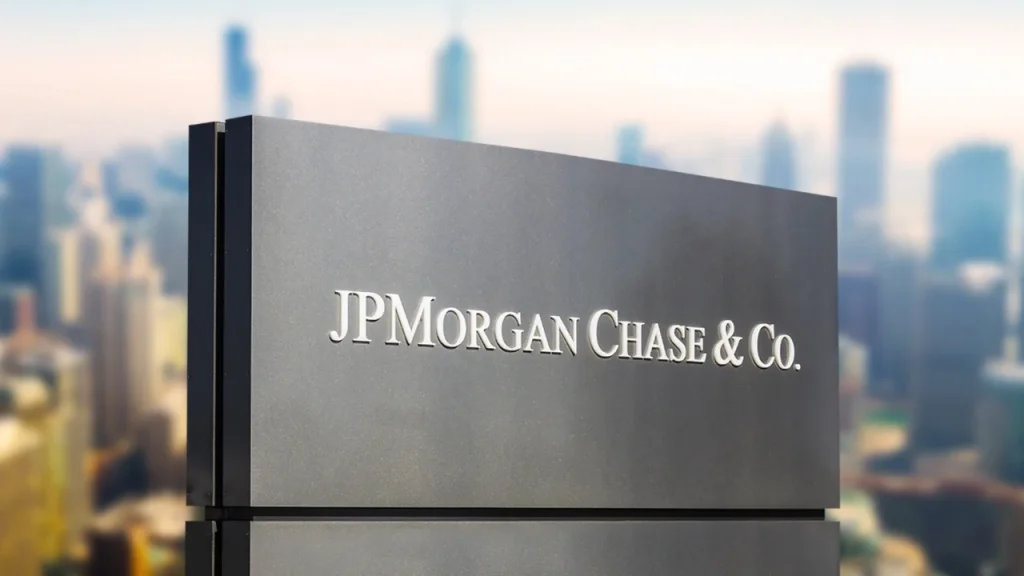JPMorganChase commits to 50,000 metric tons of carbon removal over 10 years, supporting its operational decarbonization strategy.
Direct Air Capture credits will be sourced from 1PointFive’s STRATOS facility, expected to become operational in Texas this year.
The agreement strengthens the market for durable carbon removal, advancing large-scale infrastructure and innovation in the U.S.
JPMorganChase has signed a 10-year agreement with 1PointFive to purchase 50,000 metric tons of carbon dioxide removal (CDR) credits, marking a significant step in the financial giant’s efforts to decarbonize its operations. The deal is underpinned by Direct Air Capture (DAC) technology and contributes to building a viable market for high-quality carbon removal.
The credits will be generated from STRATOS, 1PointFive’s commercial-scale DAC facility in Texas, slated to begin operations this year. Carbon captured from STRATOS will be permanently stored through saline sequestration, ensuring long-term climate benefit.
“We’re excited to work with JPMorganChase and believe this agreement further demonstrates how leading organizations are integrating Direct Air Capture credits into their portfolios,” said Michael Avery, President and General Manager of 1PointFive. “Momentum from CDR buyers helps us move the technology forward and build infrastructure that creates economic opportunities in the United States.”
As a subsidiary of Occidental, 1PointFive is building on over five decades of carbon management experience to scale DAC commercially in the U.S.
RELATED ARTICLE: JPMorganChase to Buy 450,000 Tons of CO₂ Removals from CO280 in $90M Deal
“This offtake agreement builds on our diverse, high-quality portfolio of carbon removal projects to address our unabated operational emissions,” said Taylor Wright, Head of Operational Decarbonization at JPMorganChase. “With STRATOS set to be commercially operational this year, JPMorganChase is proud to support large-scale deployment of DAC technology.”

The deal reflects growing momentum among major institutions to embrace durable CDR as a credible path to net-zero.
Follow ESG News on LinkedIn

